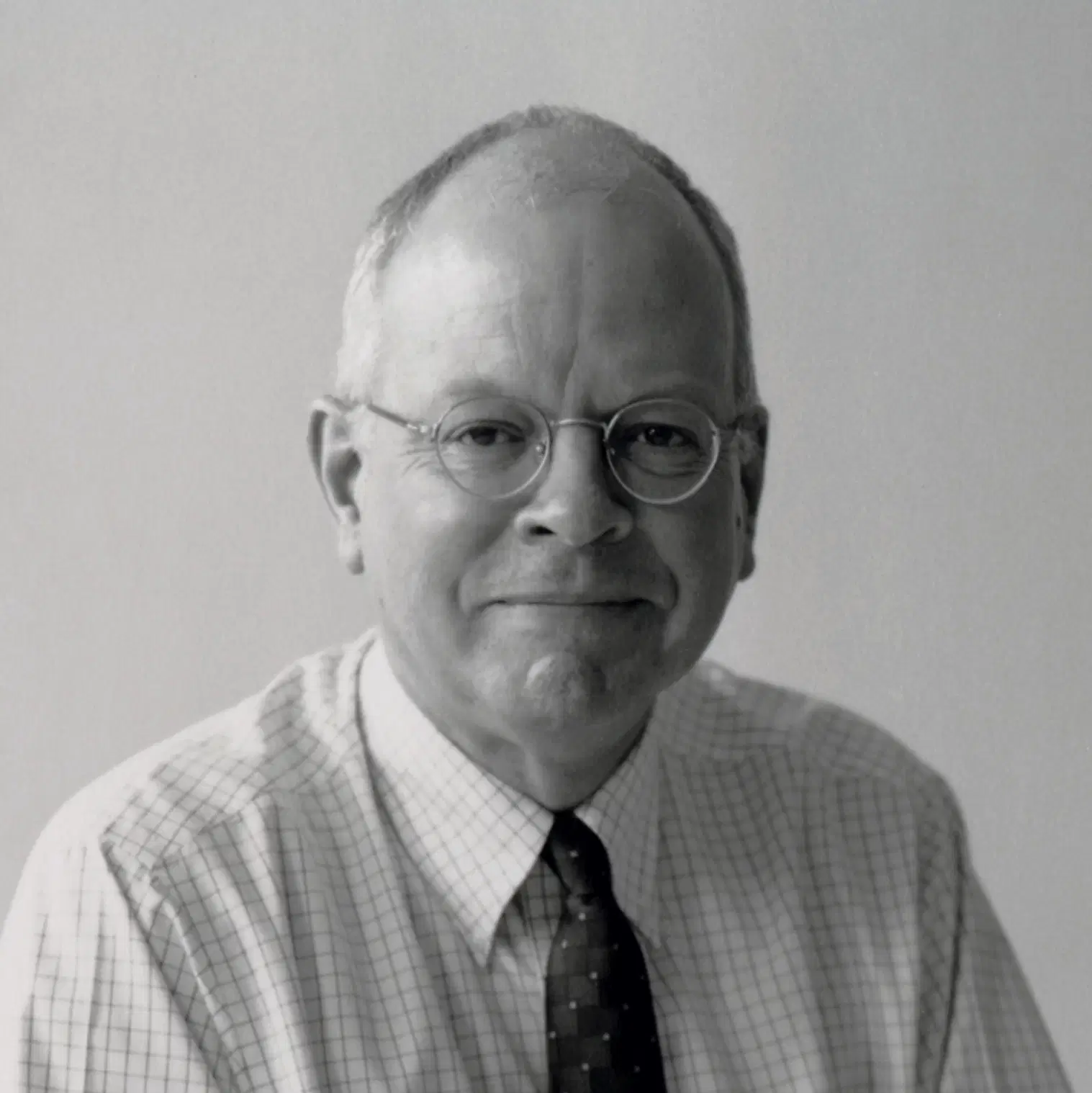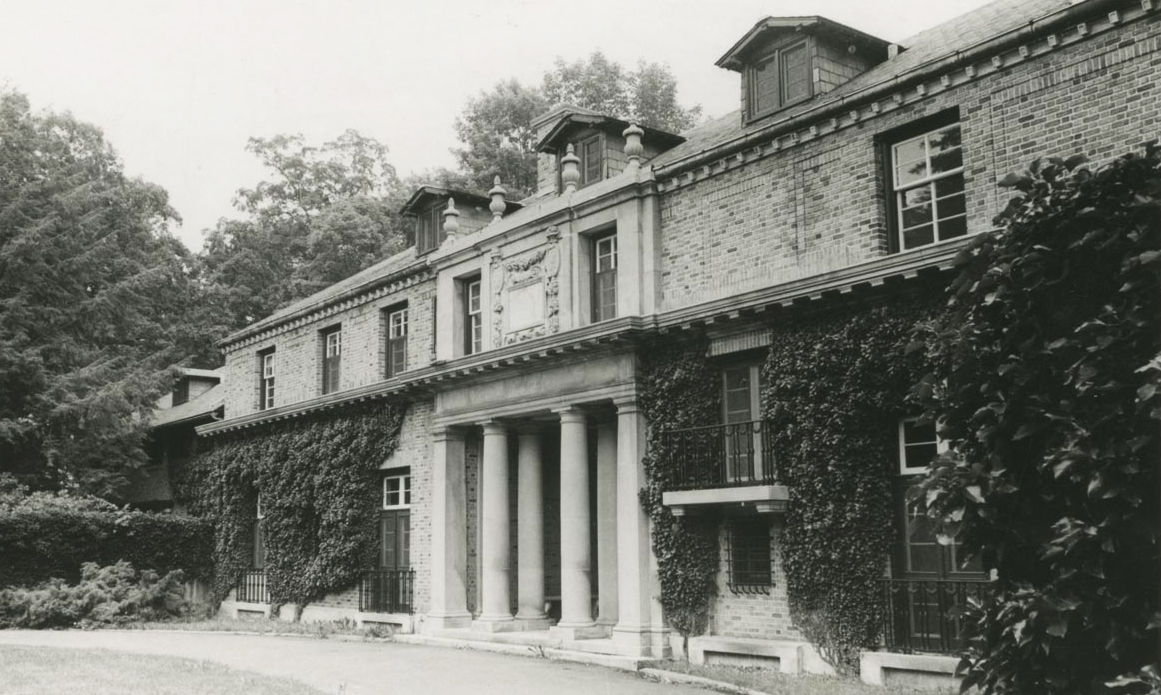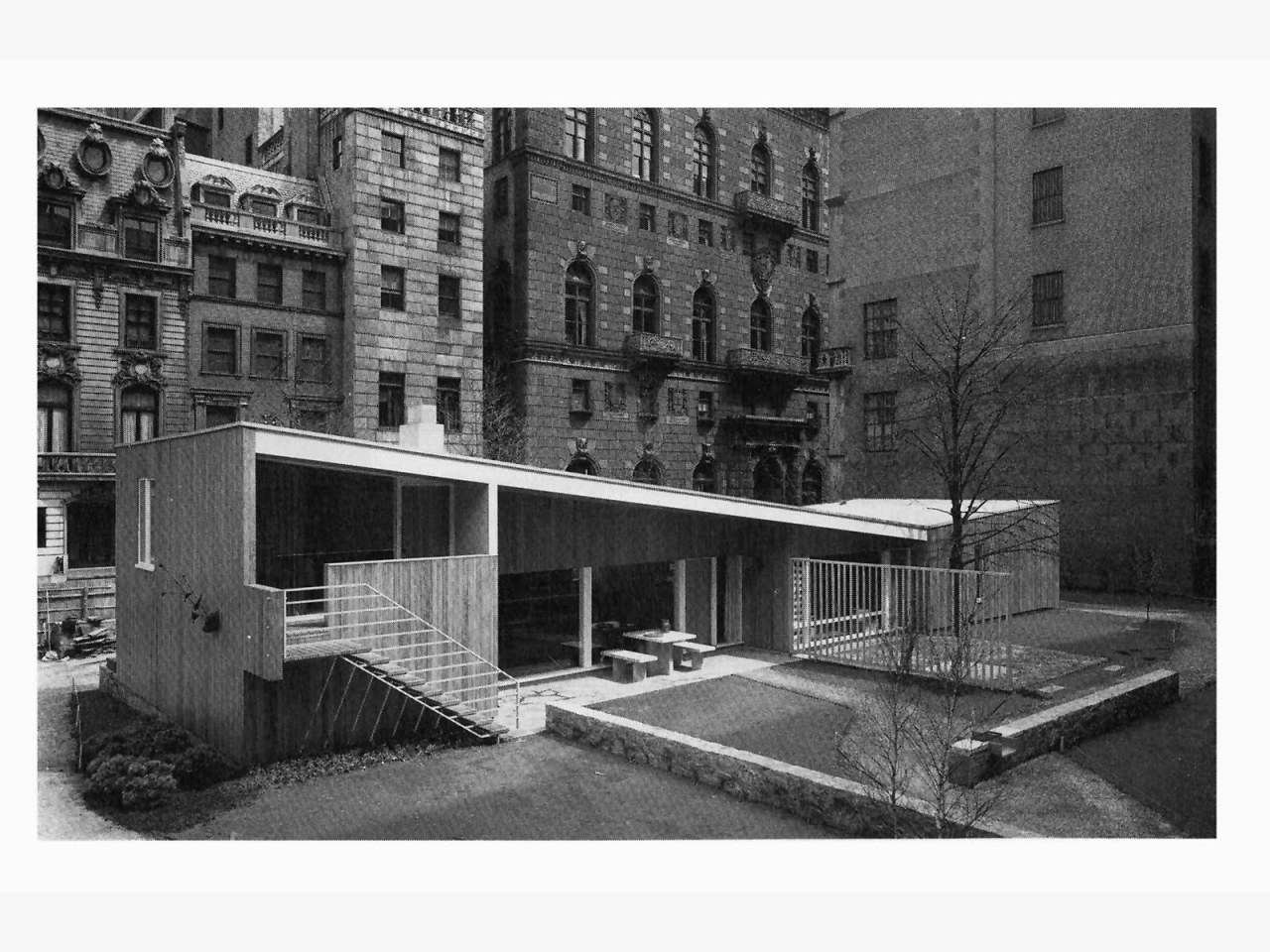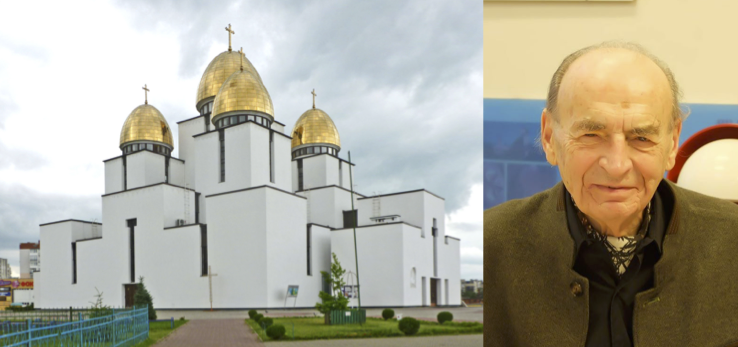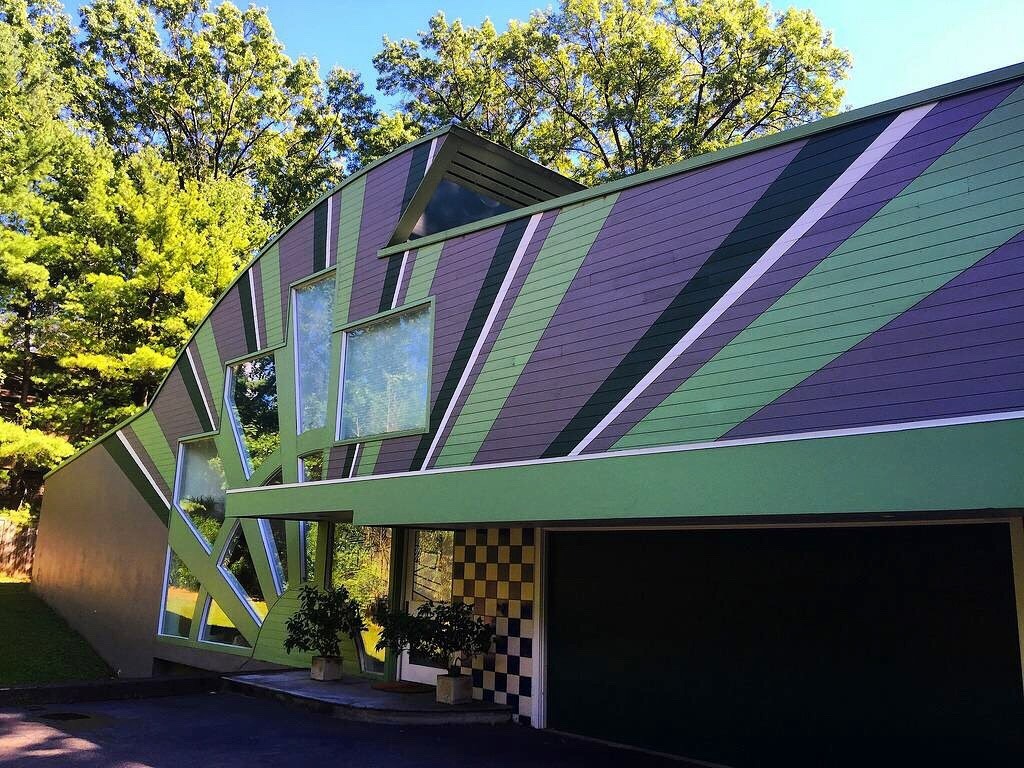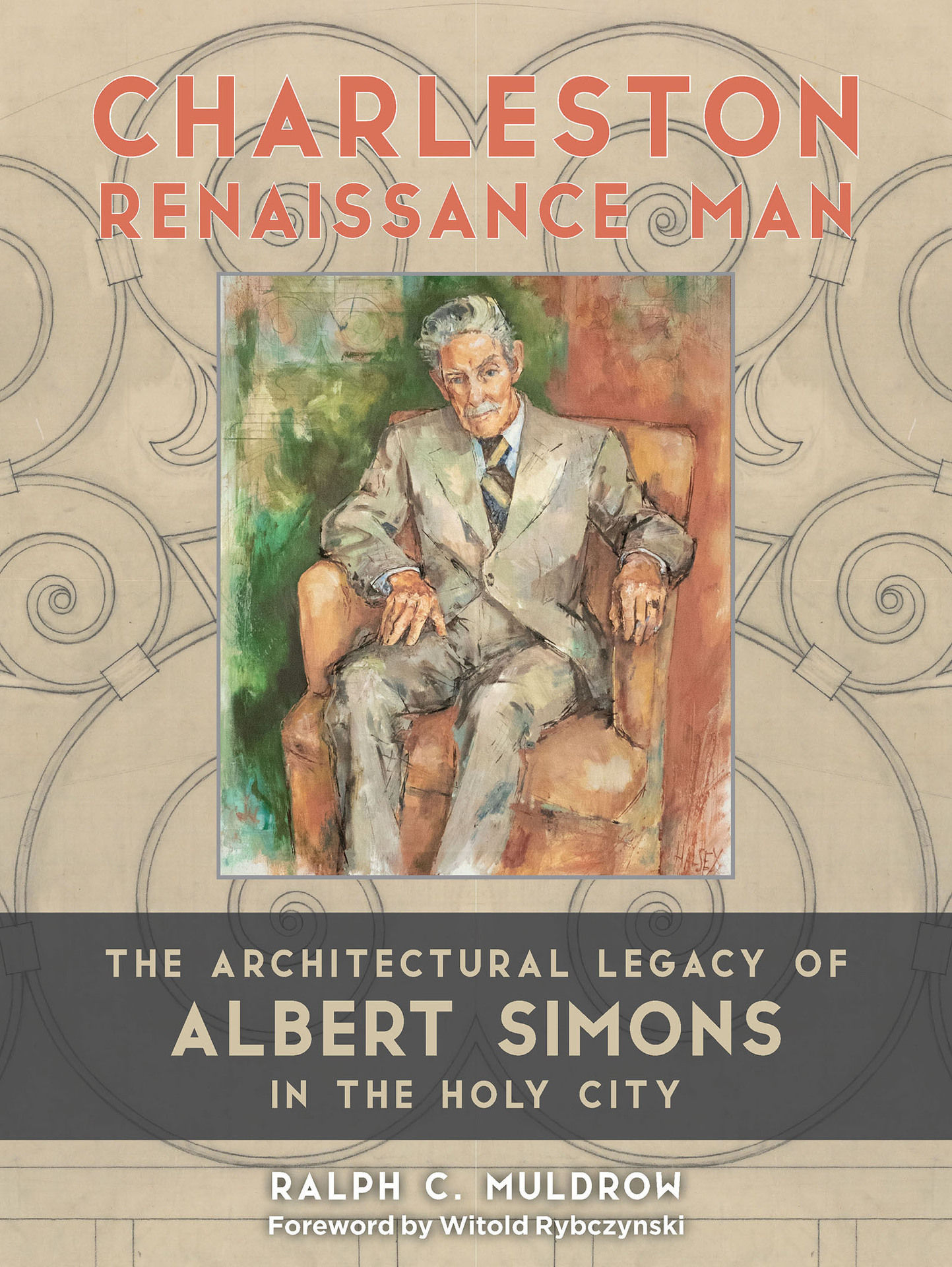CHARM AND GRANITE
I was saddened to learn of the death of David Childs (1941-2025). He was the chair when I joined the Commission of Fine Arts, and an intelligent architect and a charming man. Reading the obituaries put me in mind of something I came across while writing The Biography of a Building, about the Sainsbury Centre for the Visual Arts, a very early Norman Foster design. Sir Hugh Casson, the dean of postwar British architects, had written a letter of recommendation for the young Foster, who was being considered for the job: “As you have already met him [Foster],

